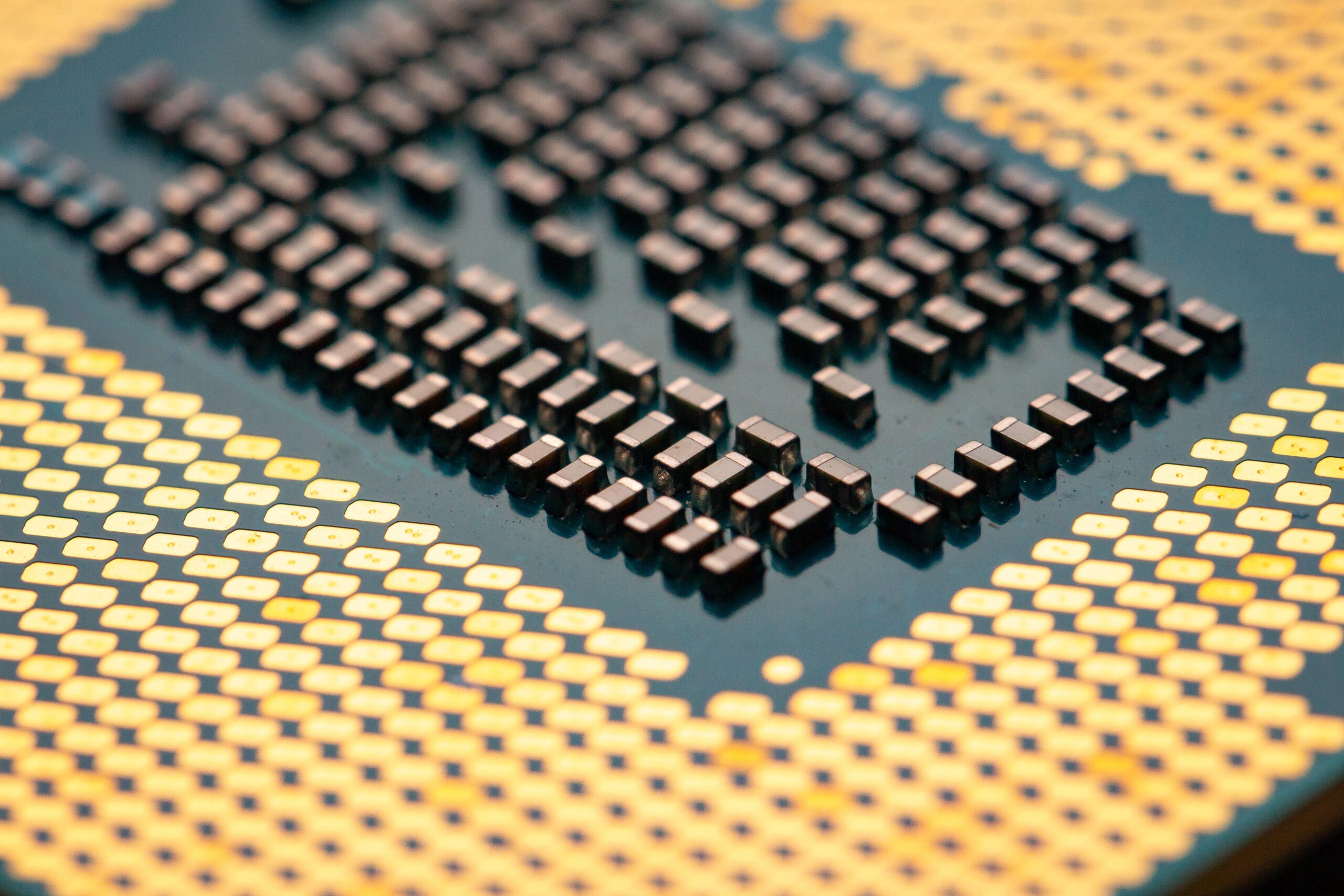The history and evolution of computer hard disks is a fascinating journey that spans several decades. These devices have come a long way from their humble beginnings to become essential components of modern computing. In this article, we will explore their development and technological advancements.
Early Magnetic Storage
The concept of using magnetic storage for computers dates back to the mid-20th century. In the 1950s and 1960s, the earliest magnetic storage devices, known as magnetic drums, were used for data storage in large mainframe computers. These drums consisted of a rotating metal cylinder with a magnetic coating that could store and retrieve data.
Introduction of the Hard Disk Drive (HDD)
The true beginning of hard disk drive (HDD) technology can be traced back to the late 1950s and early 1960s. The IBM 305 RAMAC (Random Access Method of Accounting and Control) is often considered the first commercially available hard disk drive. It featured 50 platters, each 24 inches in diameter, and could store up to 5 megabytes of data. Although the RAMAC was enormous by today’s standards, it marked a significant advancement in data storage technology.
Miniaturization and Advancements in HDD Technology
In the following decades, HDD technology continued to evolve. The size of hard drives decreased, while their storage capacity increased. IBM’s first 14-inch hard drive, the IBM 1311, was introduced in the early 1960s and offered 2.6 MB of storage. This reduction in size made it more feasible to incorporate hard drives into smaller computers.
The 1980s and 1990s saw further advancements in HDD technology, with the introduction of 3.5-inch and 5.25-inch hard drives for personal computers. Capacities grew steadily, with drives like the Seagate ST-412 offering 10 MB of storage in 1981, and the IBM Deskstar 16GP providing 16 GB of storage in 1994. As hard drives shrank in physical size and grew in storage capacity, they became integral to personal computing.
Transition to IDE and SATA Interfaces
In the late 1980s and early 1990s, Integrated Drive Electronics (IDE) interfaces replaced older, more complex interfaces for connecting hard drives to computers. IDE introduced standardization and ease of installation, making it accessible for the average consumer.
Serial ATA (SATA) replaced IDE as the standard interface in the early 2000s. SATA offered higher data transfer rates and smaller cables, making it more efficient and convenient for connecting hard drives. It also paved the way for the use of solid-state drives (SSDs) and hybrid drives alongside traditional HDDs.
Emergence of Solid-State Drives (SSDs)
While HDDs remained dominant for many years, SSDs started gaining traction in the 2000s. SSDs, which use NAND flash memory instead of spinning disks, offer faster data access and reduced power consumption compared to HDDs. They have since become the preferred choice for laptops and mobile devices due to their speed and durability.
The continued development of NAND flash technology has enabled SSDs to offer ever-increasing storage capacities and speed improvements. High-performance SSDs have become standard in modern computers, making them much faster and more reliable than their HDD counterparts.
Future of Storage
The evolution of computer hard disks continues to this day. HDDs have grown in capacity, while SSDs have become more affordable and accessible. Additionally, new storage technologies such as shingled magnetic recording (SMR) and Non-Volatile Memory Express (NVMe) SSDs have emerged, further pushing the boundaries of data storage and access speeds.
Looking ahead, emerging technologies like 3D NAND and quadruple-level cell (QLC) NAND promise to increase storage capacities even further. Additionally, the development of solid-state hybrid drives (SSHDs), which combine the speed of SSDs with the capacity of HDDs, aims to provide a balanced storage solution.
In conclusion, the history and evolution of computer hard disks, from the early magnetic drums to modern SSDs, represent a remarkable journey of technological advancement and innovation. As storage needs continue to grow, so too will the capabilities and capacities of these essential components in computing. The future of data storage is likely to bring even more exciting developments and enhancements.



